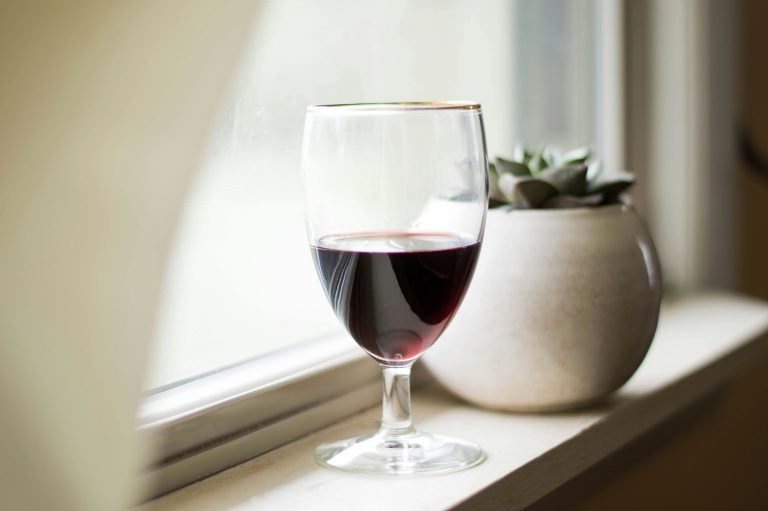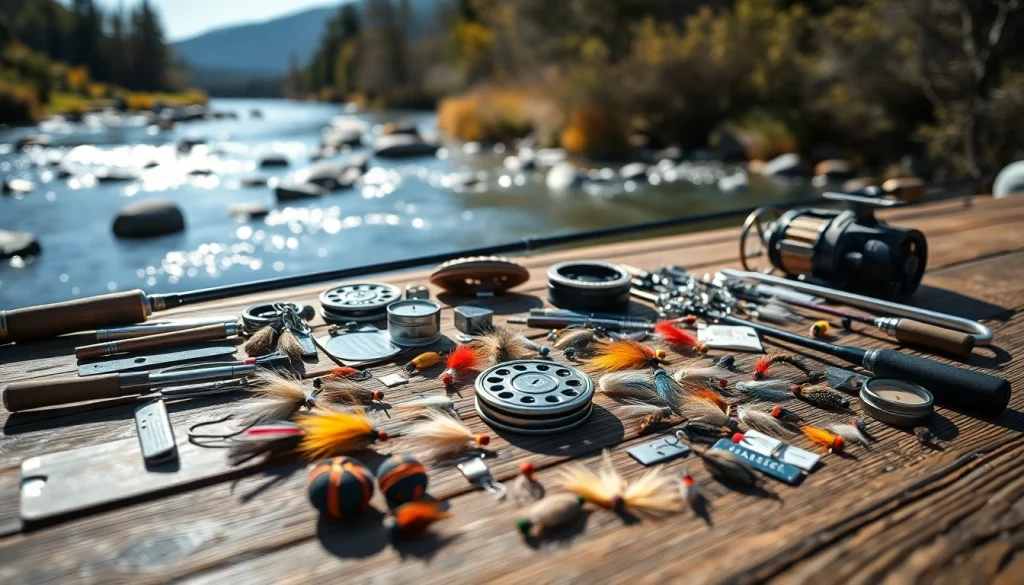Understanding the Basics of a Fly Fishing Kit
Embarking on the journey of fly fishing can be an exciting and rewarding endeavor, especially when you start with the right equipment. A well-rounded Fly fishing kit can offer beginners an introduction to the sport while providing experienced anglers with the necessary tools to enhance their experience. In this comprehensive guide, we will explore what constitutes a fly fishing kit, how to select the best one for your needs, and additional insights to help you maximize your fishing journey.
Key Components of a Fly Fishing Kit
A fly fishing kit is not just one piece of equipment but a collection of essential gear that works together to help you cast accurately and catch fish. Below are the key components typically included in a fly fishing kit:
- Fly Rod: The fly rod is designed to cast the lightweight flies you’ll use. Rod length and action vary depending on your fishing style and species targeted.
- Fly Reel: The reel is responsible for storing the line and managing drag when you have a fish on the line. Quality reels enhance your overall fishing experience.
- Fly Line: This specialized line is weighted to help you cast flies effectively. Different types of fly lines correspond with varying fishing scenarios.
- Leaders and Tippet: The leader connects your line to the fly, allowing for a smoother presentation. The tippet is an attachment point for your fly, providing strength while remaining nearly invisible to fish.
- Flies: These are artificial lures crafted to resemble fish food. They come in various patterns and sizes suitable for different environments and fish species.
- Accessories: This may include a fly box, floating gel, split-shot weights, and tools such as nippers and forceps for handling fish and flies.
How to Select the Right Fly Fishing Kit for Your Needs
Choosing the right fly fishing kit can be overwhelming for beginners. Here are some factors to consider:
- Fishing Environment: Determine where you will be fishing—freshwater or saltwater, and whether it’s a river, lake, or ocean—because this influences your kit’s specifications.
- Target Species: Knowing which fish you want to catch helps in selecting the right rod and line weight. Different species often require different setups.
- Your Skill Level: Beginners should consider kits that offer user-friendly features, while advanced anglers may prefer more specialized gear.
- Budget: Kits range from economy options for beginners to high-end setups for experienced fishers. Always balance cost with quality.
Fly Fishing Kit for Beginners
For those just starting, a beginner’s fly fishing kit can simplify the process of entering the sport. A beginner’s kit typically includes:
- A lightweight rod and reel combo designed for easy casting.
- A selection of basic flies to cover common fishing scenarios.
- A comprehensive guide or manual to familiarize new anglers with techniques and best practices.
Starting with a kit made specifically for beginners minimizes the confusion of selecting individual components and helps you focus on learning to fish.
The Importance of Quality in Your Fly Fishing Kit
Investing in a quality fly fishing kit ensures longevity and enhances your fishing performance. Quality gear improves casting accuracy and offers greater sensitivity when a fish strikes, leading to a more successful fishing experience.
Materials that Make a Difference
The materials used in fly fishing gear can significantly impact performance:
- Rod Material: Common materials include graphite, fiberglass, and bamboo. Graphite rods are known for their sensitivity and lightweight, making them a popular choice.
- Reel Construction: Look for reels made from durable aluminum or corrosion-resistant materials, especially if fishing in saltwater.
- Line Quality: High-quality fly lines are manufactured using advanced technologies to ensure they float well and are resistant to UV damage and wear.
Brands and Quality Considerations
While it is essential to choose reputable brands, ensure to assess quality over popularity. Look for reviews, endorsements from seasoned anglers, and product warranties to gauge the reliability of the equipment.
Price vs. Value in Fly Fishing Kits
While price is a primary consideration, don’t assume that the most expensive kit is always the best. Instead, assess what you get for your investment. A mid-range kit that offers durability and performance can often deliver greater value than high-end options boasting unnecessary features.
Enhancing Your Experience with the Perfect Fly Fishing Kit
Once you have acquired your fly fishing kit, enhancing your overall experience is pivotal. The following tips will ensure you maximize your enjoyment and success while on the water.
How to Set Up Your Fly Fishing Kit
Setting up your kit correctly is foundational to successful fly fishing:
- Attach the reel: Secure your reel to the rod by sliding the reel foot into the reel seat and tightening it.
- Spool the line: Thread the backing onto the reel first, followed by the fly line. Be careful to avoid twists and knots while spooling.
- Add the leader: Tie the leader to the end of the fly line using an appropriate knot (e.g., the nail knot).
- Connect the tippet and fly: Finally, tie the tippet to the end of the leader and attach your chosen fly.
Maintenance Tips for Longevity
Regular maintenance of your fly fishing kit is crucial for longevity:
- Clean your gear: Rinse your rod and reel with fresh water after fishing, especially if you’ve been in saltwater.
- Inspect your line: Regularly check for abrasions or damage; replace as necessary.
- Store properly: Store your rods in protective cases and keep your reels away from direct sunlight.
Upgrades and Accessories for Your Fly Fishing Kit
As you gain experience in fly fishing, consider upgrading your kit or adding accessories that can enhance performance:
- High-quality flies: Invest in various types of flies that match local fish species and their feeding patterns.
- Advanced reels: Look for reels with improved drag systems and lighter weights for better performance.
- Tools: Add tools such as line cutters, forceps, and a sturdy fishing vest to keep your gear organized.
Comparing Different Types of Fly Fishing Kits
As you familiarize yourself with fly fishing, understanding the variety of kits available is key to tailoring your experience to your needs.
Starter Kits vs. Advanced Kits
Starter kits are designed specifically for novices, focusing on ease of use and essential components. They typically include a light, forgiving rod and basic flies. In contrast, advanced kits include specialized rods, premium reels, and a comprehensive selection of flies tailored to specific fishing conditions.
Specific Kits for Various Fishing Environments
Different environments dictate different setups. For instance:
- Freshwater Fishing: Kits suitable for lakes and rivers can feature lighter rods and lines, while kits for saltwater may need sturdier components.
- Stillwater vs. Moving Water: Moving water (e.g., streams) may require a different selection of flies and a more flexible rod than stillwater setups.
Adaptive Kits for Different Skill Levels
As your skills progress, consider kits that allow for modification. Some brands offer rod blanks that can be replaced or adjusted according to fishing conditions, which ensures that you don’t have to buy an entirely new kit as you improve.
Final Thoughts on the Best Fly Fishing Kit for You
Choosing the right fly fishing kit is a pivotal step in starting your angling journey. By understanding the components, materials, and options available, you’re equipped to make informed decisions that enhance your fishing success.
Recap of the Essential Features
When selecting a fly fishing kit, remember:
- Understand the essential components: rod, reel, line, leader, flies, and accessories.
- Balance quality with price to ensure you’re making a worthwhile investment.
- Choose equipment based on your fishing environment and target species.
How to Make an Informed Purchase
To make an informed purchase, consider researching various models, reading user reviews, and examining the specifications closely. Making a list of your needs prior to shopping can also help narrow down choices effectively.
Joining the Fly Fishing Community for Further Insights
Finally, engaging with the fly fishing community can significantly enhance your knowledge and experience. Online forums, local clubs, and social media groups often share valuable insights, tips, and accessories that can augment your fishing kit over time. The camaraderie of fellow anglers also contributes to a more enriching experience as you learn from one another.





